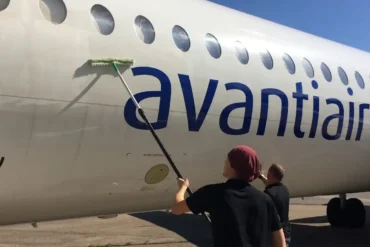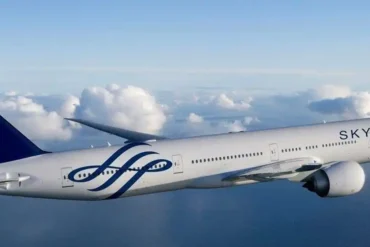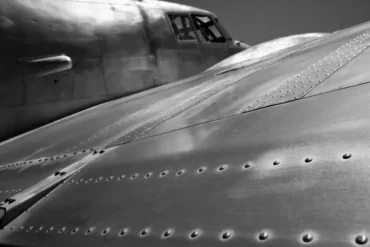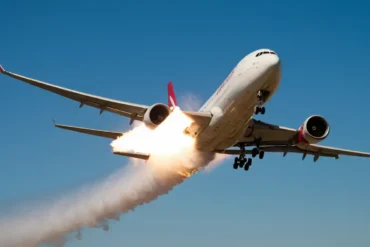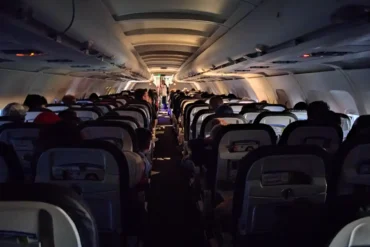Ever wondered how planes stay up in the air? It’s all about the angle they fly at. If a plane goes beyond a certain angle, it loses lift and starts to fall. That’s what we call a stall. To avoid this, pilots make sure they’re flying faster than their plane’s stall speed. But what exactly is stall speed, and why is it so important for flying?
Let’s Break Down Stall Speed
Think of stall speed as the slowest a plane can fly without falling out of the sky. Planes stay up because of the air flowing over their wings. When they’re going fast, this airflow lifts the plane up. But if they go too slow, there’s not enough air moving over the wings to keep them up. Every plane has its own stall speed – the slowest it can go while still staying in the air. This speed can change depending on things like how heavy the plane is, how big it is, how high it’s flying, and even the weather.
Why the Angle of the Plane Matters
Remember how we talked about the angle of the plane? Well, that’s super important when it comes to stall speed. The slower a plane goes, the more it has to tilt up to stay in the air. But if it tilts up too much, it can suddenly lose lift and start falling. That’s why pilots always keep an eye on their speed – they don’t want to go so slow that the plane has to tilt dangerously high to stay up.
Wrapping It All Up
So, here’s the simple version: planes fly because air moves over their wings. Stall speed is the slowest a plane can go while still staying up. If a plane goes slower than its stall speed, it stops flying and starts falling. That’s why stall speed is so important – it’s like the minimum speed limit for staying in the air. Any slower, and gravity takes over!

